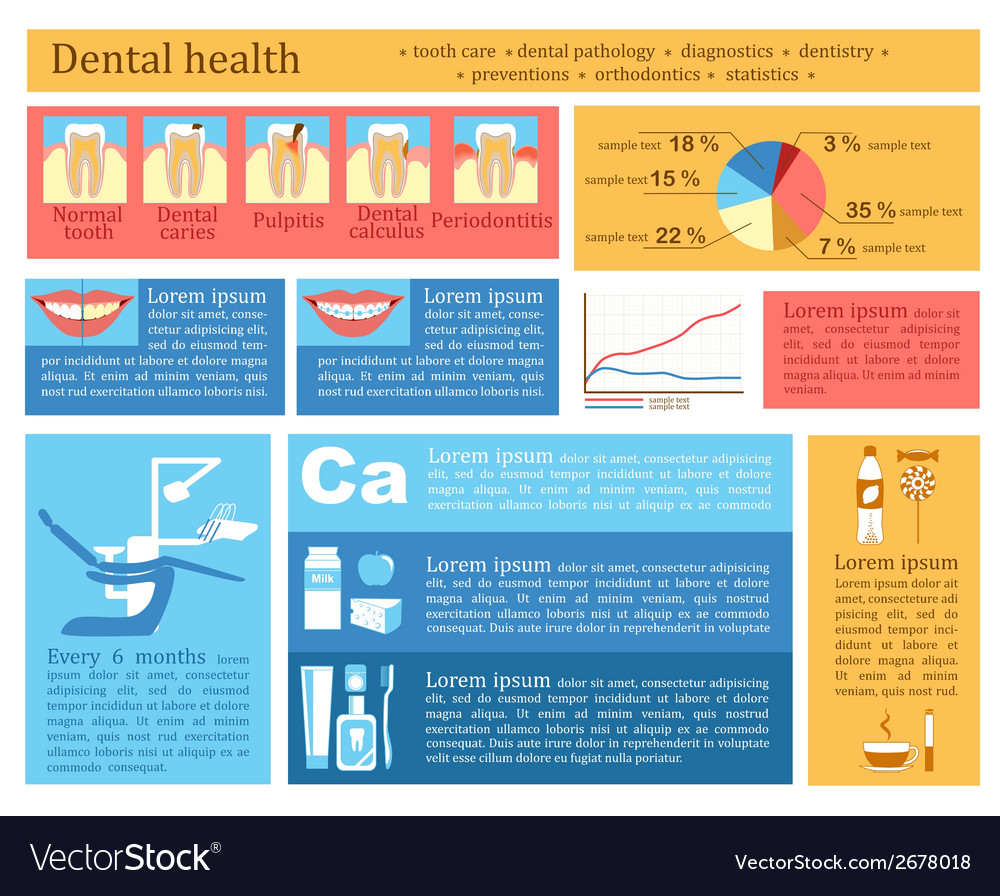The Development Of Oral Surgery: Cutting-Edge Innovations And Advancements Influencing The Area
The Development Of Oral Surgery: Cutting-Edge Innovations And Advancements Influencing The Area
Blog Article
Material Create By-Borg Mccall
Welcome to the globe of dental surgery, where developments and breakthroughs are shaping the future of the field! In this exciting world, you'll witness the transformative power of robotics, the innovative marvel of 3D printing, and the game-changing effect of minimally intrusive strategies.
The future of dental surgery holds a pledge of accuracy, performance, and improved patient end results. With the help of sophisticated robotics, cosmetic surgeons have the ability to perform intricate treatments with higher precision and control.
3D printing modern technology is transforming the development of dental implants and prosthetics, offering tailored services that fit seamlessly right into each individual's special anatomy.
In addition, minimally intrusive methods are minimizing post-operative pain and healing time, enabling people to go back to their day-to-days live quicker.
Prepare yourself to discover the exciting technologies and advances that are improving the landscape of oral surgery!
Improvements in Robotics
One major development in dental surgery is the use of robot modern technology, which enables accurate and reliable procedures. With Click On this site of robot systems, oral surgeons have the ability to execute complicated surgical treatments with improved accuracy, decreasing the danger of human mistake.
These robotic systems are equipped with advanced imaging technology and precise tools that allow cosmetic surgeons to browse through detailed physiological structures effortlessly. By making use of robotic technology, doctors can attain better surgical accuracy, leading to boosted individual end results and faster healing times.
Furthermore, the use of robotics in dental surgery permits minimally invasive treatments, decreasing the trauma to surrounding tissues and promoting faster healing.
3D Printing in Oral Surgery
To enhance the field of dental surgery, you can check out the subtopic of 3D printing in oral surgery. This cutting-edge modern technology has the potential to transform the way oral specialists run and treat individuals. Below are four crucial methods which 3D printing is shaping the area:
- ** Custom-made Surgical Guides **: 3D printing allows for the development of highly accurate and patient-specific medical guides, improving the precision and effectiveness of procedures.
- ** Implant Prosthetics **: With 3D printing, oral doctors can produce personalized implant prosthetics that completely fit a patient's distinct composition, resulting in better outcomes and person satisfaction.
- ** Bone Grafting **: 3D printing makes it possible for the production of patient-specific bone grafts, reducing the need for typical grafting methods and improving healing and healing time.
- ** Education and Training **: 3D printing can be used to produce practical medical models for academic purposes, allowing oral cosmetic surgeons to exercise intricate procedures before doing them on patients.
With its potential to improve accuracy, personalization, and training, 3D printing is an interesting advancement in the field of oral surgery.
Minimally Invasive Methods
To better advance the area of oral surgery, welcome the possibility of minimally invasive methods that can considerably benefit both doctors and people alike.
Minimally invasive techniques are transforming the area by minimizing surgical trauma, decreasing post-operative discomfort, and accelerating the recuperation process. These techniques involve utilizing smaller incisions and specialized tools to execute treatments with accuracy and effectiveness.
By using advanced full service dental office , such as cone light beam computed tomography (CBCT), surgeons can precisely intend and execute surgical treatments with minimal invasiveness.
In addition, using lasers in oral surgery allows for exact cells cutting and coagulation, resulting in minimized bleeding and reduced healing time.
With minimally intrusive techniques, people can experience quicker recovery, minimized scarring, and boosted end results, making it a necessary element of the future of oral surgery.
Conclusion
So, as you can see, the future of oral surgery is extremely promising, with amazing advancements and advances forming the field.
From the improvements in robotics to making use of 3D printing and minimally invasive methods, oral cosmetic surgeons are reinventing the way they provide treatment.
While some may worry about the prospective price connected with these advancements, it is necessary to bear in mind that these modern technologies eventually enhance patient results and lower recovery time, making them well worth the financial investment in the future.
